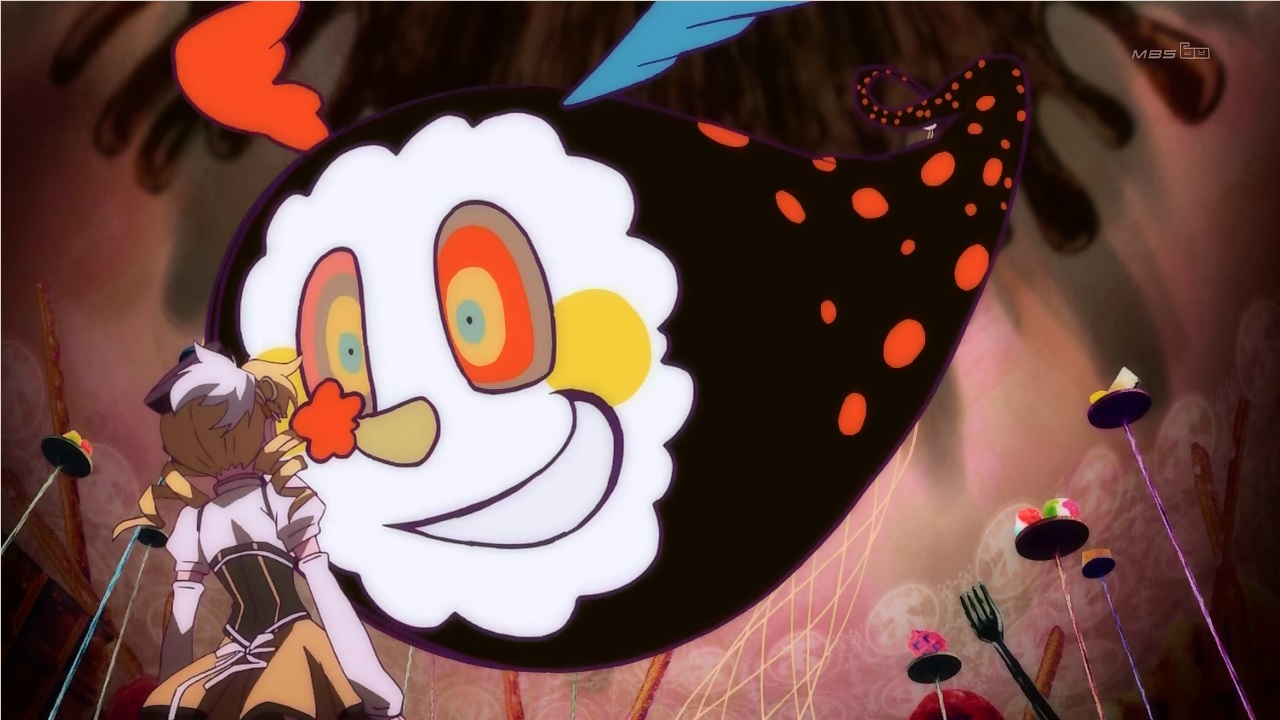2013 was the year of the Nico.
A strange year for me personally. The long time assignment I’d been on at one boring Dutch bank finished in March and it would take until August before my next assignment, at the same boring Dutch bank. Which meant I spent almost half a year getting paid but underemployed, being stuck at home with nothing to do but play video games. Which sounds nice, but not so much when dealing with the anxiety of finding a new assignment but getting rejected over and over again. I still wasn’t watching anime regularly at the time, but I was getting curious about it, looking for something that I had already found in games like Mass Effect, but not enough off.
Slice of moe anime never came as mellow as Non Non Biyori, a series about four school girls way out in the sticks, where school is one single class and the greatest entertainment comes from going to that one konbini store on the other side of the mountains. The setting was beautiful, the girls were funny, the mood was relaxing. A perfect anime to unwind with. Yama no Susume was similar, a short length series of two childhood friends reuniting in high school and going mountain climbing. Yuyushiki was a more traditional high school club sort of series, but incredibly funny, while Aiura was another short length series and incredibly horny. We also got a new series of Tamayura, Tamayura: More Aggressive.
Gatchaman Crowds was a very well done attempt to update the venerable Gatchaman franchise, first broadcast in the seventies. We still have transforming heroes fighting space monsters, but things aren’t so black and white anymore. When I first saw it, I argued that it is a classic Hegelian dialectic masquerading as a manic pixie dream girl rom-com. The traditional role of the Gatchaman as masked fighter protecting a passive public versus the internet utopian idea of the people helping themselves by the judicious use of social media. The latter looking a bit naive in 2019 to be honest. What also set this series apart was the great music. The opening theme above is great in itself, but if you’ve watched the show the Gatchaman theme is now stuck in your head.
Kyousougiga was a strange series about a magical “mirror capital” hidden set in Kyoto, based loosely on one of the
Because let’s not forget that 2013 was the year of Kill La Kill, Attack on Titan and Love Live, three titles that would help define the rest of the decade. The first proved that Trigger was a worthy heir to Gainax, the second was the greatest ‘breakout’ anime of the decade, bigger even than Sword Art Online was the year before and Love Live well and truly established idol fandom in the west. Other influential series include Yowamushi Pedal, the biking sports anime that would provide to be a big hit with the boys’ love crowd. Though not as big a hit as the money maker KyoAni stumbled on: Free. The advantage of a swimming sports anime about a cycling sports anime is that in the former, your hot boys can be topless throughout. The ending theme made no bones about what its main attraction was…
Good series this year I haven’t seen yet include baseball drama Diamond no Ace, superhero thriller Samuari Flamenco, teenage angst fest Aky no Hana and nerd drama Watashi ga Motenai no wa Dou Kangaetemo Omaera ga Warui!: No Matter How I Look at It, It’s You Guys’ Fault I’m Not Popular! I tried, but that particular series is so cringeworthy it makes me die from secondhand embarassement. I literally had to turn it off when she tries to sneak past her classmates in disguise because it hurt to watch any further. Yahari Ore no Seishun Love Comedy wa Machigatteiru was somewhat similar in that regard, in that it hit far too close to home for me, but it was just bearable enough I kept watching.
Hataraku Maou Sama is a reverse isekai: the demonic overlord of a fantasy world is cast out of it into modern day Japan and has to make a living working as a part timer at “MgRonalds”, while his sidekick does the house work. Little do they know the hero who banished them, Emilia, is also in Japan. Epic battles … do mostly not occur. Instead, it’s a comedy harem show that really needs a second season.
151 shows this year in my library; 82 seen in total. Shows I liked not yet mentioned: Symphogear G (determination to punch fist), the first Fate/Kaleid Liner Prisma Illya (my first Fate show), Ghost in the Shell: Arise, Coppelion (radio active proof girls go exploring irradiated Tokyo), Love Lab (inexperienced ojo-sama and tomboy explore romance together), Kamisama no Inai Nichiyoubi, Hentai Ouji to Warawanai Neko (otaku harem show), Gj-Bu (otaku harem show), Tamako Market, Kotoura-san (esper meets pervert and falls in love because he accepts her) and OreShura (an otaku harem show). 2013 had a lot of harem shows it seems like. I mention them because when I’d seriously started watching anime, two years later, that staple diet after I’d branched out from the science fiction action genres I used to watch.
This is day five of Twelve Days of Anime 2019. Tomorrow: 2014: when Metafilter made me watch Aldnoah.Zero
